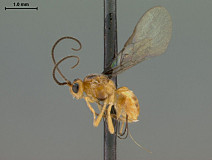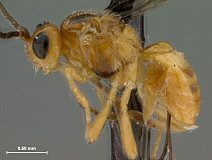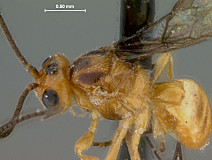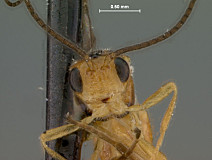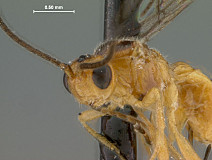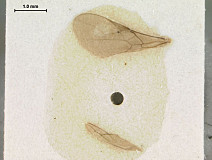Opius (Bellopius) barrosensis Fischer
Desmiostoma barrosense: Fischer 1977: 850, 852-853.
Opius barrosensis: Wharton 1983: 61.
Opius (Bellopius) barrosensis: Wharton 1997: 28.
There are no specimens currently determined for this OTU, or those specimens determined for this OTU are not yet mappable.
This material is based upon work at Texas A&M University supported by the National Science Foundation under Grant Numbers DEB 0949027 and DEB 0328922 with REU supplement 1313933. Any opinions, findings, and conclusions or recommendations expressed in this material are those of the author(s) and do not necessarily reflect the views of the National Science Foundation.

